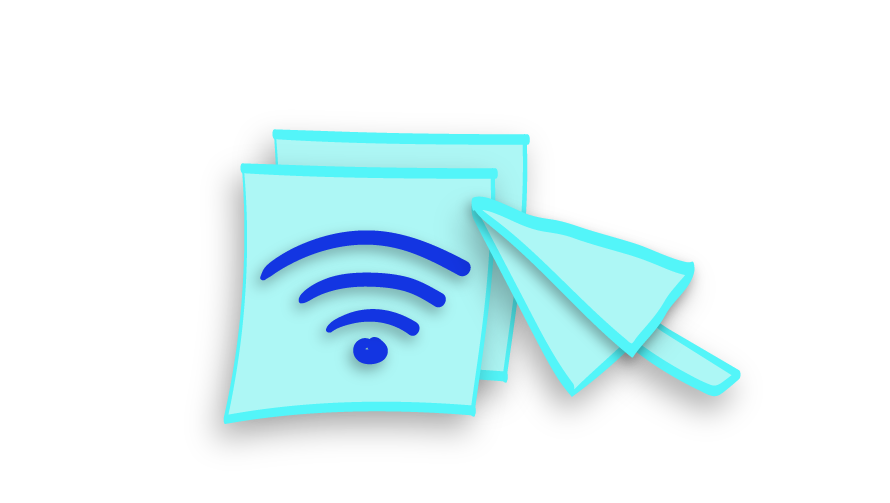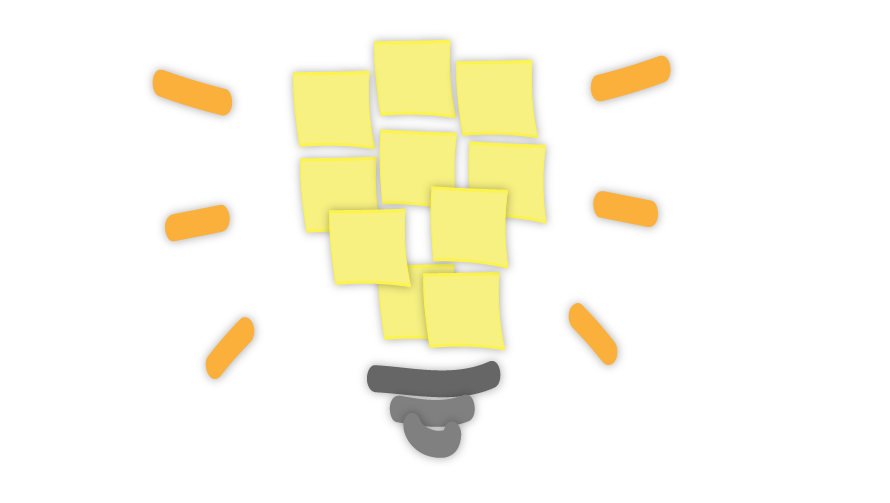Workshops remove participants from their everyday contexts and place them in a context that provokes reflection and innovation. But how to promote this evocation in the context where all participants have joined in virtually, separated by physical distances?
As leaders worldwide prepare for a different way of working together, we explore a new reality of facilitating workshops virtually – one which is inclusive, values common time and is designed to evoke both generation and synthesis, being online.
Mohita Jaiswal - March 2020

A workshop is characterized by a group of individuals who come together with more or less a common goal i.e. to acquire new knowledge, problem solve or innovate.
In a remote setting, achieving this purpose could become challenging, because some aspects of group dynamics change from those in the real world, as compared to when we are all physically in the same space. From the effort to understanding non-verbal cues to perceiving time similarly, both can be a different experience for different people altogether.
However, according to a research conducted by Forrester, digital collaboration tool Mural saved companies more than 70% on travel to in-person workshops over 2018, totaling a revenue gain of over $16M.* The bottomline being, remote workshops (design sprints or otherwise), can be scalable and exponentially cheaper to run, if executed with deliberation.
Design leaders apart from being creators are also facilitators. Taking from this experience of having facilitated design sprints and workshops, we share 5 essential insights from our leadership, on planning and running effective remote workshops.
1. Preparing oneself as a ‘remote’ facilitator
- Determine the goal of the workshop: Setting the purpose of a workshop is key to narrowing down on digital tools which would be concurrent with the goal of the workshop. Basis the goal, (whether it is to facilitate a discovery, foster alignment or enable design generation), different digital tools could be employed, specifically.
- Prepare to balance generation with time: As design workshops are generative in nature, it is important to ensure that generation does not become counterintuitive by creating infinite loops in a remote setting. Neither should adding more structure impede the process of collaborative idea generation. Breaking workshops into smaller time-boxed sessions, carrying them over a span of days will enable both generation and synthesis, structuring the flow and motivating people to stay on the topic.

2. Setting an ‘enhanced’ set of workshop norms
- Define the roles of participants: Defining roles of participants becomes important in remote settings, to ensure a smooth execution of different functions in a design workshop. It helps to clarify what to expect from whom, without slowing communication, as different roles of facilitation, co-creation and managing processes and technology are shared explicitly.
- Align on creating a shared sensory experience: In a remote workshop, there is no shared physical experience during reflective work or individual ideation. Aligning to create an opportunity to include a shared sensory experience (for example playing music during periods of silence ) creates a cohesive virtual place that everyone is in as they sketch or brainstorm. This keeps people engaged, productive and united.
- Create spaces for breaks: When we are physically together we are triggered to take physical breaks during workshops. It’s important to build time into the agenda to stretch, take a break, and acknowledge that our bodies have been sitting in front of a screen. Silence is an important period to process and incubate fresh ideas. Hence facilitating a moment to breathe, stretch, regroup is essential.

3. Maximizing output through improving participation
- Provide a workshop outline framework: An outline of the workshop available to participants can help them anticipate how time in a workshop will be used. By sending out a pre-workshop outline, the facilitator can move through the content quicker and preserve the energy of the participants.
- Build in time to think alone and then come together: Ideation can be facilitated by creating a process where everyone feels like they can contribute. Making space to reflect individually and collaborating in groups again can help people to engage deeply. Noticing the rhythm of one’s facilitation and the rhythm of the group can increase engagement through facilitating distributed participation.
- Invite input from remote members: In virtual conferencing people tend to multi-task with emails and miss portions of the workshop. ‘Calling out’ names of members of the workshop is leveraged often by subject matter experts. Establishing connection with individual attendees this act prompts the rest of the group to be ready for participation.
4. Minimizing hurdles through setting the tech stack in advance
- Test in advance and start early: To avoid technological loopholes, take up important group time for people, it’s important to test everything in advance and invite everyone to do the same. A stable internet connection being a must, facilitators when ready 30 mins prior can be available for support. Also a backup and low-tech plan B are prerequisites to save the day.
- Manage tech to enable collaboration: Remote workshops are most effective when one can always see all participants as though all are in a room together. Hence it is important to make sure everyone is on the same platform, with mics unmuted to allow for informal feedback (“hmmm” and “uhuh” type responses) to create a more natural connection with the group. Having two monitors can allow for one monitor to be dedicated to the faces, and the other monitor to be used as a workspace.
5. Preparing to share efficiently and facilitating synthesis
- Share using examples through templates: While requiring to share information, it is a good practice to have everything ready-to-use when the workshop starts: templates, pre-filled documents, virtual boards, etc. This prevents in wasting common time lost in setting up. Participants in a brainstorming session can type their ideas into an online spreadsheet. Messaging tools to share/broadcast information can also be used, if something is not required to be documented.
- Close the workshop with a synthesis: It is better to close the session in an earlier stage with quality than rush into poorly discussed next-steps or decisions. The facilitator needs to help the group to document the main points, ideas, conclusions, and decisions, while recording sessions can also be valuable to prompt to create post workshop synthesis. Making agreements with the group about recording responses is although a necessary gesture to provide space to choice on privacy and personal discretion .

Making remote facilitation a collaborative and a ‘fun’ process
Nothing quite feels the same as a real face-to-face time with people — but when you have a dispersed workforce, figuring out how to collaborate effectively despite the distance becomes an imperative.
In-person workshops create the opportunity for participants to feed off of one another’s energy, and for the facilitator to use that to ensure that the spirits and enthusiasm to create remains high. That becomes a much greater challenge when all participants are isolated in separate spaces working alone. As a precursor to creation, hence, is ensuring that everyone feels a part of being a larger team, despite of being potentially miles away from each other.
Instilling a sense of connection (also through invoking lighthearted conversations) and preparing to co-create seamlessly, can offset what seems to be a deterrent to a productive and inspiring face-to-face process of creation.



